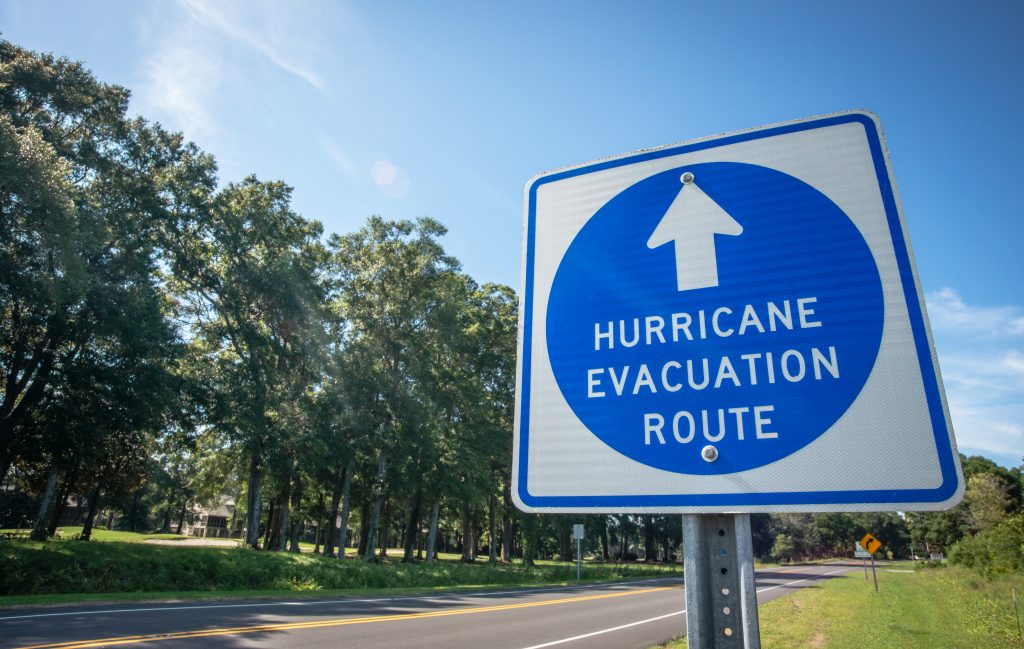Was There a False Sense of Security with Hurricane Florence?
From 1 to 5, the numbers we use to categorize hurricanes are ingrained in the minds of millions of Americans from Texas to Maine.
But the famed 47-year-old Saffir-Simpson hurricane wind scale, which only measures wind speed, may not be the best way to gauge a storm’s ferocity.
Last week, powerful Hurricane Florence was downgraded from a Category 4 to a Category 2 and eventually a Category 1 as it made landfall – and this may have contributed to a false sense of security.
“The concept of saying ‘downgraded’ or ’weakened should be forever banished,” University of Georgia meteorology professor Marshall Shepherd said. “With Florence, I felt it was more dangerous after it was lowered to Category 2.”
This is because water – whether storm surge from the ocean or flooding from heavy rain – often ends up being much more deadly and destructive than the wind of a hurricane.
When Florence’s winds weakened and it dropped in storm category, “we made it very clear that in no way shape or form that this is going to reduce the impacts in terms of flooding and surge,” said Bill Lapenta, director of NOAA’s National Centers for Environmental Prediction.
The storm went on to kill more than 30 people and will likely cost several billions in damage.
Other storms like Harvey, Ike and Sandy have also been far more destructive than their category might suggest.
A study published last year in the British journal Nature Communications said barometric pressure might be a better gauge of a storm’s ability to inflict damage.
“Sandy is the classic example,” said Dan Chavas, an atmospheric scientist at Purdue University and study lead author. “It was a very big storm, but in terms of maximum wind speed it was arguably not a hurricane.”
A better way involves barometric pressure, the study said. Specifically, it’s the difference in pressure between the center of the storm and outside it, which is officially known as the “central pressure deficit.”
“If you looked at the central pressure deficit, you would have expected Sandy to cause a lot of damage,” Chavas said. “But if you used maximum wind speed, as people usually do, you wouldn’t expect it to do the damage that it did.”
Sandy killed more than 150 people and caused $70.2 billion damage in the U.S., the National Oceanic and Atmospheric Administration said.
Property damage is better predicted by variations in central pressure than by peak storm wind speed since the central pressure combines both wind speed and storm size, the study found.
The size of the storm is a critical factor in damage potential, particularly because of storm surge.
The limitations of the Saffir-Simpson scale have come under scrutiny in recent years. Wind speed is often only an estimate, and it’s also highly localized because it depends on a speed sustained for a short time in one location. However, it’s popular with the public and media because of its simplicity.
Susan Cutter of the University of South Carolina said the hurricane center and National Weather Service “have not done a good job at communicating the risks associated with tropical systems beyond winds.”
New ways of categorizing hurricanes have been proposed by many groups over the years, including the Hurricane Severity Index, the Cyclone Damage Potential Indexand the Integrated Kinetic Energy Index.
All take into account factors other than wind speed, the idea being that more variables make a scale more valuable. But none of those scales have caught on yet.

